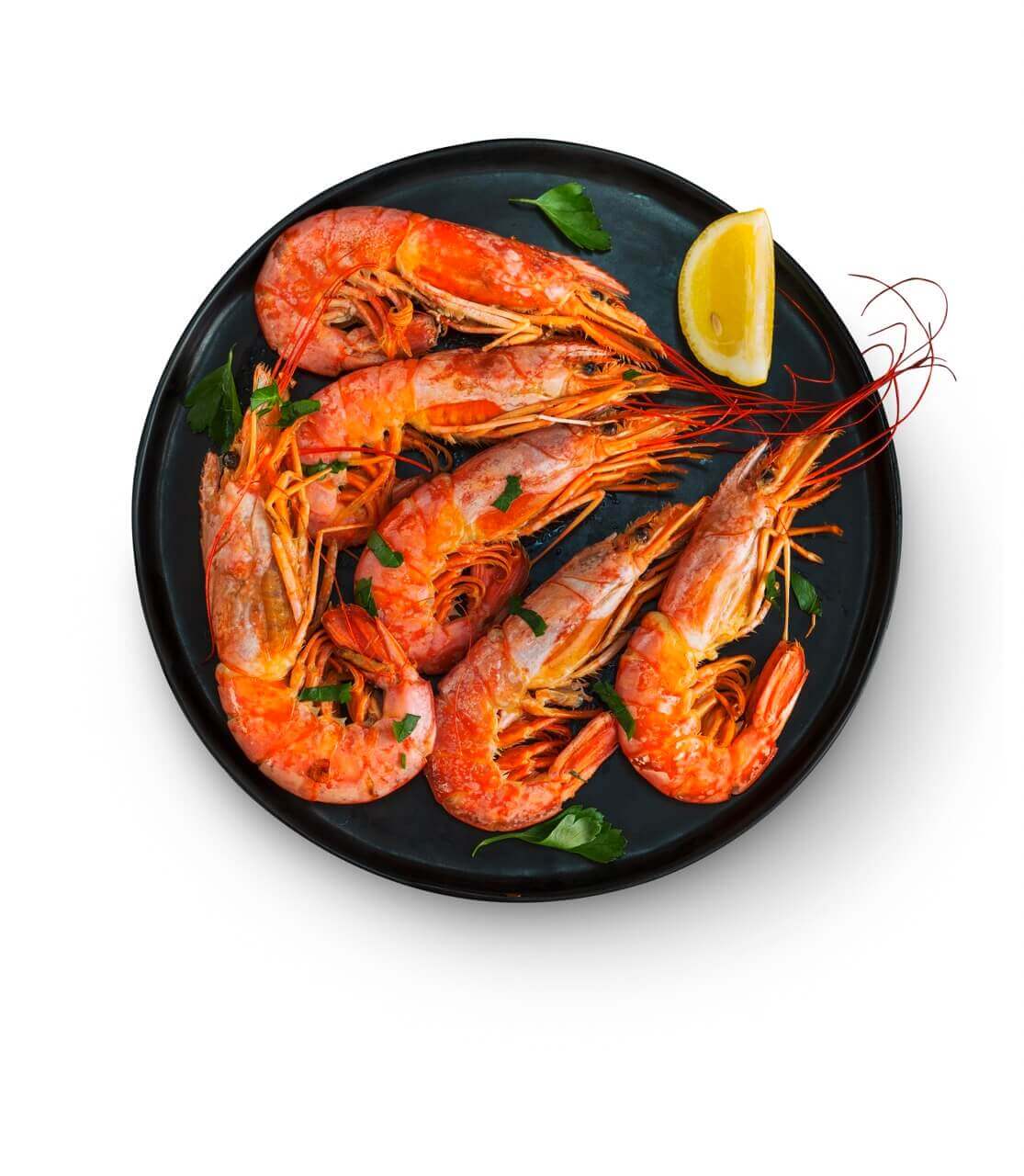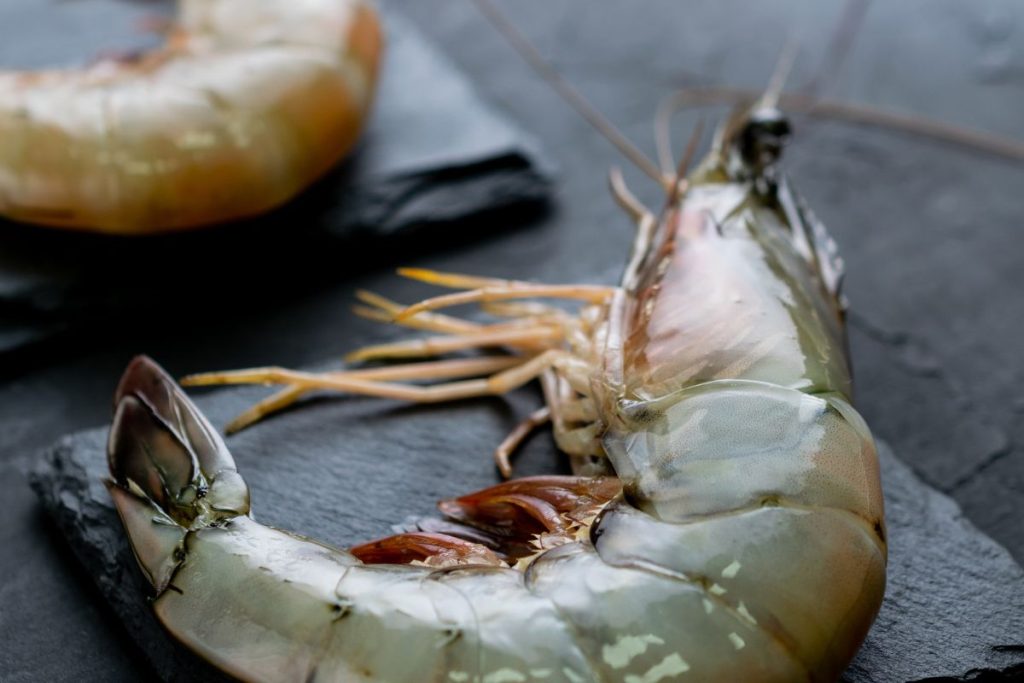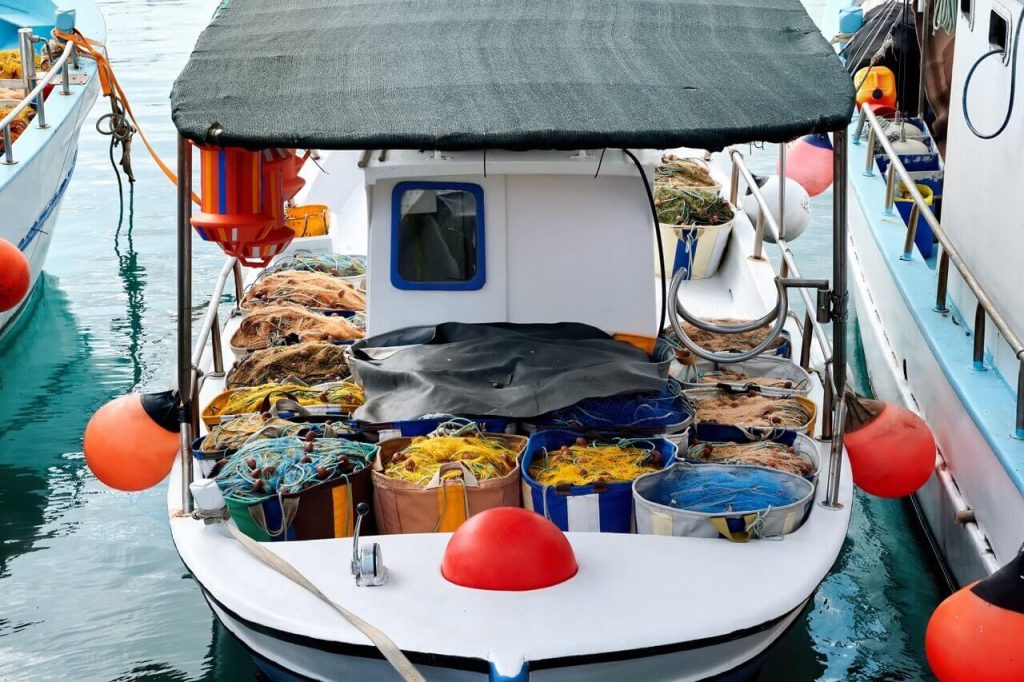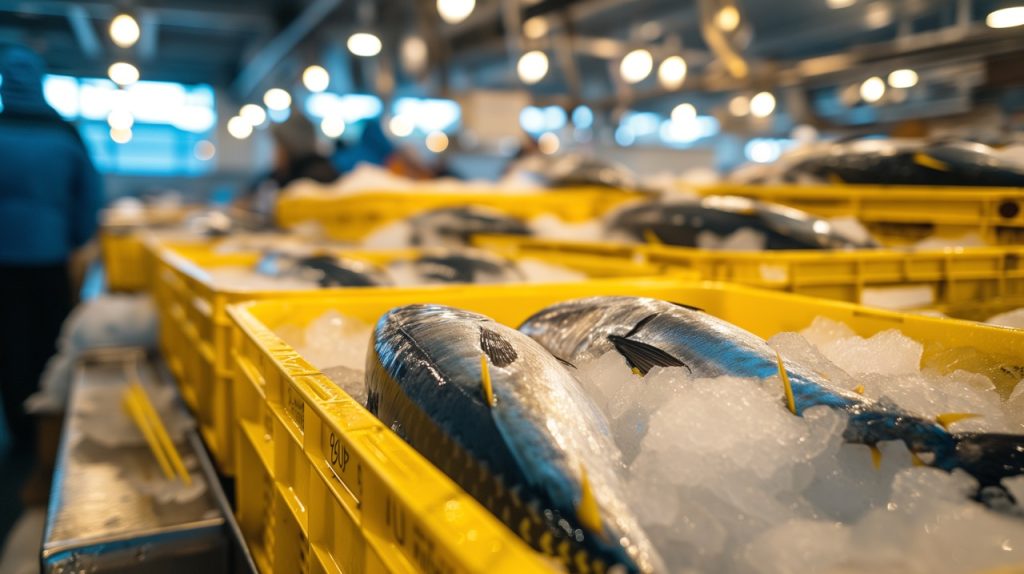The Argentine red shrimp — also known as Argentine shrimp, shrimp prawn, southern shrimp, or simply shrimp — has a valuable reputation in the main markets of the world. It is a competent resource due to its large size, peculiar texture, intense flavor, and its condition as a wild product. Competing with other highly valued shellfish such as prawns.
This sea product can be found in the South Atlantic Ocean, on the coasts of Argentina, Uruguay, and Brazil. However, it is the Argentine Patagonia where the largest population of southern shrimp is found.
The growing abundance of the resource, its good reputation, and the high price of the product in international markets are eloquent factors for considering this activity profitable. That is the extraction, processing, distribution, and marketing of this product.
However, it is also worth noting some challenges involved in the process and distribution of this resource.
Argentine Shrimp: Challenges in the production process
Lifecycle
One of the main challenges of the Argentine shrimp process is its life cycle. It is a biological characteristic that supposes a challenge since it is a relatively short cycle — they have a maximum of two years of life. However, it should be noted that this challenge is mitigated by the high growth rate of this species since they have great reproductive potential.
Cyclical fluctuations
Cyclical fluctuations are very common in the Argentine red shrimp fishery. This is due to its own biological nature and the influence that environmental factors have on the capture and abundance of this resource.
These fluctuations generate uncertainty regarding the annual calculation of the biomass, having periods of high abundance of Argentine shrimp and periods of scarcity. It is for this reason that promoting sustainable fishing is of vital importance when dealing with this resource, thus avoiding overfishing and overinvestment.
Highly perishable product
The southern shrimp is a product that needs to be refrigerated so that it does not decompose and lose its properties. For this reason, the fishing fleet must have built-in cold rooms or fresh vessels.
If you have a freezer, the shrimp processing is done on board the ship. Refrigeration begins in the fresh ship, as it is kept with ice until it arrives at port.
Capture method
The Argentine red shrimp lives in cold waters, in depths that range between 3 and 150 meters. For this reason, the bottom trawling tactic cannot be used. This would destroy everything in its path, and without being selective.
Applying the most appropriate capture method is vital. For this reason, a pole drag is used. This method of fishing consists of two fishing nets tied to booms extended at the ends of the boat, allowing the net to be dragged at medium height. Using this tactic, you can capture more selectively.
Processing infrastructure
Beyond the fishing activity, it is necessary to have adequate port infrastructure, good logistics circuits, and productive capacity in the processing plants on land. This makes it possible to stow, transport, store, and process fresh Argentine shrimp for subsequent marketing.
At Krustagroup we sell up to 18,000 tons of shellfish every year. We have a processing factory in Huelva with a capacity of 50,000 kilos of shellfish per day. An efficient, quality, and sustainable processing infrastructure.
Market competition
The world market for shrimps and prawns is currently in full growth. In recent years, the global value chain of these products has experienced considerable expansion. This has helped expand its penetration into new markets and segments of mass consumption. It is undoubtedly a great opportunity, which causes greater competition.
Argentine shrimp from Krustagroup
Krustagroup has more than 30 years of experience in the seafood sector, offering a wide range of seafood for marketing and distribution.
Our collaboration with Food Partners Patagonia has encouraged us to be able to offer a product as exquisite as the Argentine shrimp in different formats. Including raw whole Argentinian prawns, raw deveined tail-on/tail-off and peeled prawn tail. A final product tailored to high-quality standards and sanitary requirements and made through efficient and sustainable production and logistics.
We are committed to quality, good taste, and the best texture of our products. For this reason, we obtain Argentine prawns by wild fishing and freezing them on board, thus preserving their nutritional value and product quality.
If you want to start distributing Argentine shrimp, trust Krustagroup, your global shrimp partner. Contact us now.





